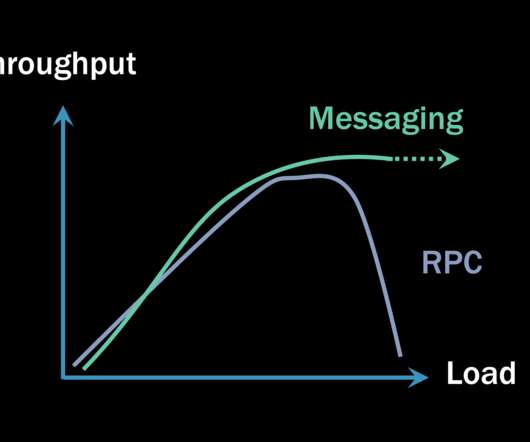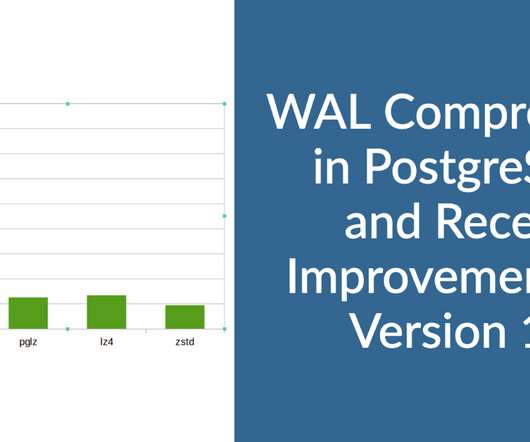Choosing a cloud DBMS: architectures and tradeoffs
The Morning Paper
AUGUST 29, 2019
Choosing a cloud DBMS: architectures and tradeoffs Tan et al., use the TPC-H benchmark to assess Redshift, Redshift Spectrum, Athena, Presto, Hive, and Vertica to find out what works best and the trade-offs involved. The design space. in the TPC-H Benchmark Standard for details of the queries). VLDB’19.


































Let's personalize your content